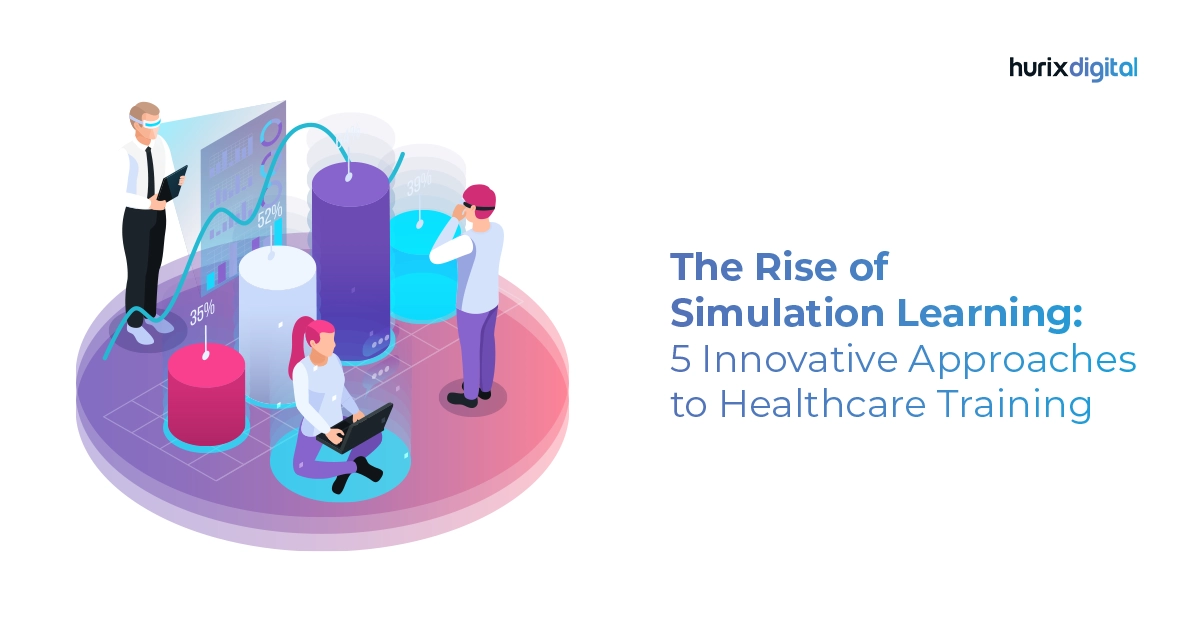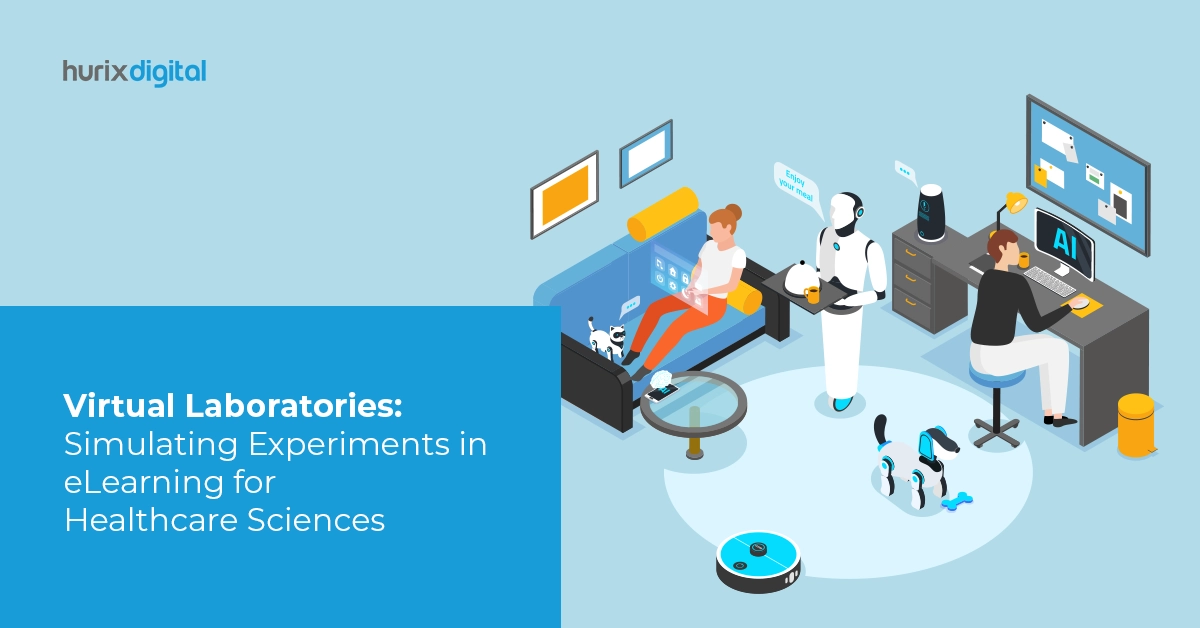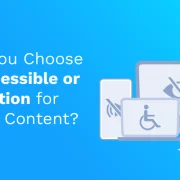
Explore Top 5 Simulation Software Tools for Education in 2023!
Summary
Discover top simulation software tools for education, including their features, applications, and how they enhance teaching and learning through interactive simulations.
Education is becoming more engaging, practical, and immersive because of technology, particularly machine learning and artificial intelligence. By simulating real-world situations, instructors can help students grasp them better, remember them longer, and show more interest.
We have got you covered if you are looking for the best simulation software for education purposes.
Table of Contents:
- What is Simulation Technology in Education?
- How Can Simulation Software for Education Help Students?
- Ongoing Trends in the Simulation Software Industry
- Top 5 Simulation Software for Education
- Takeaway
What is Simulation Technology in Education?
A uniquely developed animated model that mimics a real-world setting is known as simulation. This model allows students to experience various real-world scenarios.
Simulation in education is an attempt to integrate fieldwork and coursework better. A simulation program might be built based on hypothetical events to learn how a system operates.
These kinds of programs allow the students to alter the variables in the given virtual setting to research how the variables affect the steps in the process. Simulation enables students to become proficient in their jobs or talents without taking any chances.
How Can Simulation Software for Education Help Students?
Learning through the realistic application of knowledge in a controlled setting is made possible through simulation software for education. It supports students’ theoretical and empirical investigations.
Here are some key benefits of online learning simulations for students.
1. Computer-Aided Learning
Simulations are a computational learning tool that lets students apply their theoretical knowledge to real-world issues or learning settings while observing the results without suffering any actual loss.
Simulation software for students offers a digital representation of a system that students may analyze rather than describe the real procedures in words.
2. Interactivity
Simulator software tools and real-world games are used in simulated learning environments to enhance the methods of instruction and learning.
The next generation of students finds simulations more engaging because they include cutting-edge approaches made possible by several technological advancements.
Because they are technologically sophisticated, students of Generation Z prefer to learn using simulation software for education to improve their learning.
3. System of Adaptive Education
When most students enter the workforce, they typically discover that their theoretical knowledge is insufficient to handle difficulties in everyday life. To develop the needed skills, they must amass work experience.
Online learning simulations allow students to interact with real-world systems or business situations. It allows them to handle simulated challenges and apply their knowledge to produce the desired results, in contrast to traditional classroom instruction.
Also Read: Effective 8 Interactive Learning Strategies in Education to Improve Academic Performance
Ongoing Trends in the Simulation Software Industry
The market for simulation software was assessed at USD 18.71 billion in 2022, and from 2023 to 2030, it is anticipated to rise at a CAGR of 13.6%.
The software sector dominated the market in 2022, which also had the highest revenue share at approximately 69.9%. It indicates the rising popularity of simulation software owing to its cost-effective and time-saving outcomes.
Top 5 Simulation Software for Education
1. Hurix Digital
Hurix Digital is a leading end-to-end digital content solution provider of simulation software for students. Hurix Digital utilizes virtual learning systems to provide students with practical training sessions.
It designs training simulations that closely resemble actual situations so that students can comprehend difficult ideas. Its most unique simulation feature is the self-directed approach to learning by selecting choices that can lead to various outcomes.
Key Features:
- Improves the capacity for memory by creating modules that copy real-life scenarios
- Helps in gaining practical experience through practice
- Provides an immersive learning environment for students
2. Adobe Captivate
In the category of simulation software for students, Adobe Captivate is a well-liked choice that provides a wide range of capabilities. For your students to repeat, the software simulation function works like a screen recorder by capturing and playing back actions.
During the recording, it records by itself all of your mouse motions, clicks, and panel decisions.
Key Features:
- VR Compatibility: Images and movies from your 360° media files can be handled with ease using Captivate. Your learners’ attention can be captured by using this capability to construct VR training settings.
- Live Preview: This functionality produces real-time previews of your simulations from the users’ perspective. This preview can help you get better results and iron out any bugs.
- Overlaying: You can make your educational material more interesting by including overlay slides in your videos. The feature of applying several overlays at one particular moment in the video was also included in the 2019 update. This makes it simpler for you to express your views and provide explanations for video footage.
3. Articulate 360
An assortment of eLearning tools called Articulate 360 is designed to create online educational and training programs. The two primary tools in Articulate 360 are-
- The software Rise is designed to meet the demands of new and casual users.
- Storyline is more capable and enables experienced developers to use its various features to produce training materials.
Key Features
- Responsive Authoring: You are unlikely to be concerned about adapting your training materials for various devices. It is automatically optimized for almost all devices in the backend.
- Collaboration Friendly: To facilitate seamless and simple collaboration on educational programs, there is a specialized tool called Review 360.
- Assessments: Many choices are available in Articulate 360 for creating assessments to rate your students either during or after the training session. It encourages using all common question kinds, such as MCQs, descriptive answers, multiple responses, etc.
4. Atomi Active Presenter 8
Atomi Active Presenter 8 is a screen recorder and eLearning creation tool. A quiz maker, an audio and video editor, and a software simulation creator are just a few of the many tools available.
It enables you to design interactive lessons with various learning situations that change depending on the activities of students.
Key Features
- Screen Recorder: In terms of developing immersive learning simulations, Active Presenter is a very competent option. Any program on the screen can be recorded, and the process can then be saved as a slide-based presentation.
- Multiple Modes: You have a few options with ActivePresenter. You can publish your simulations independently to Demonstration, Tutorial, practice, and Test courses. Still, you cannot combine modalities in a lesson by demonstrating a simulation first and then letting the student practice.
5. iSpring Suite Max
iSpring Suite Max is an entire toolbox for creating eLearning material. With this tool, you can make video tutorials, brief engaging modules, assessments, slide-based courses, and dialogue-simulated learning environments.
Key Features
- Add Voiceover: To enable realistic conversations, you can add pictures, locations, and voiceovers that can be recorded right away in iSpring.
- Rating Responses: After a learner has completed a discussion, the tool displays the learner’s final score, indicating how effectively they performed. It additionally enables you to allocate points for correct responses.
Also Read: Transforming Education with Smart Classrooms: The Role of AI
Takeaway
The best teaching technique is to let your students “do” rather than instructing them on “how to do it.” Multiple courses or teaching modules can be upgraded and made more appealing to the current cohort of students by assuring the effective use of simulation software for education.
If you are looking for the best hands-on experience with simulation software for education and how it can help your students, get in touch with Hurix Digital. We at Hurix Digital help you prepare your students with online learning simulations having real-life scenarios and situations.
Get in touch with our expert team now!

Senior Vice President
A Business Development professional with >20 years of experience with strong capability to sell new solutions and develop new markets from scratch. New Market Entry Specialist with experience of working in two of the largest emerging markets – China & India. Also covered other key markets in APAC, US, EU & ME. Exceptional experience of conceptualizing, ideating and selling new learning technologies like VR AR, etc. across multiple industry verticals.






